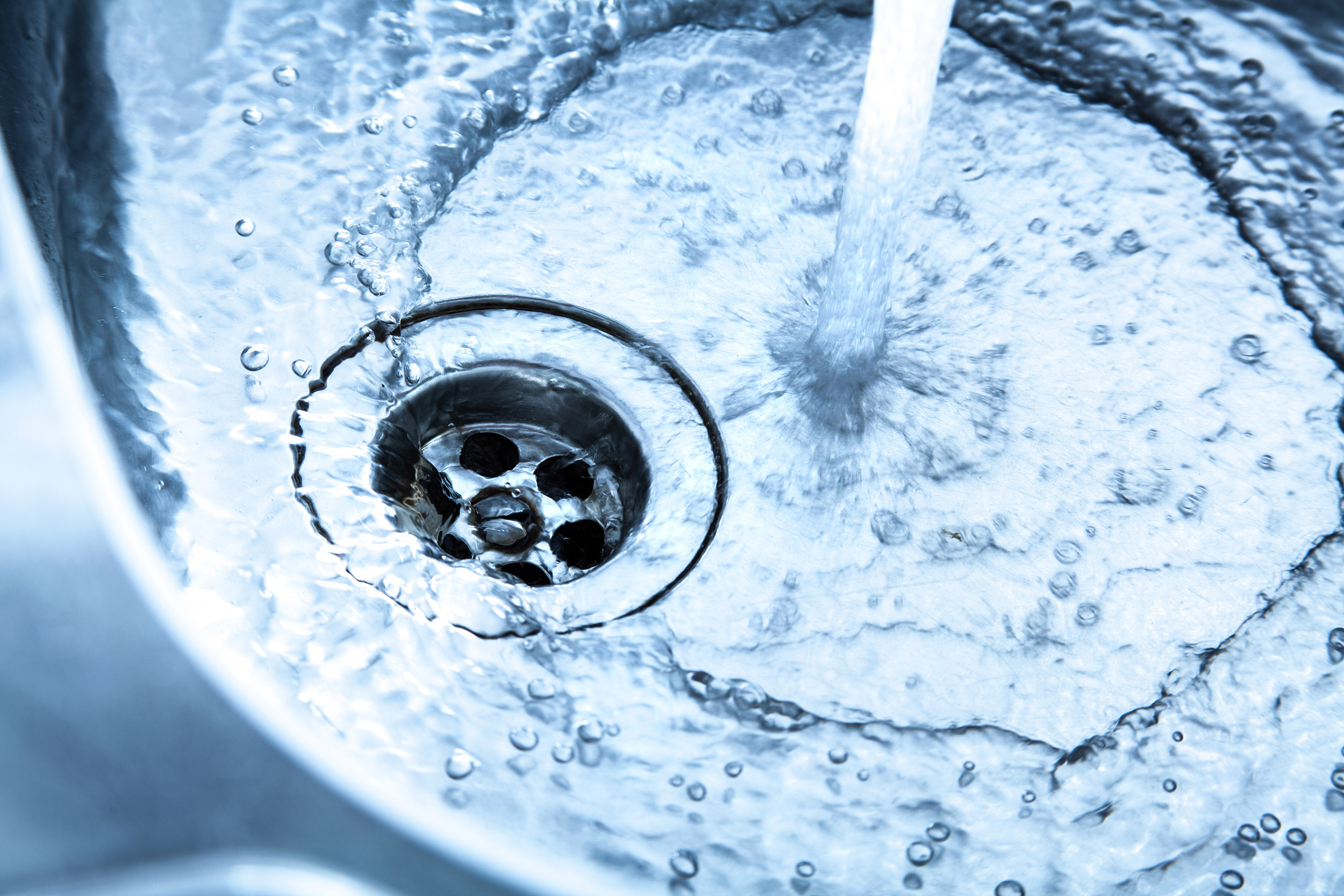
There’s a lot more to water than meets the eye.
That’s why a working group of experts came together to publish a novel standard, ANSI/AAMI ST108:2023, Water for the processing of medical devices.
“Not all water is the same. Water is actually really complex in its chemistry and depending on where you are geographically, the water quality can be very different,” said Terra Kremer, director of microbiological quality for the Microbiological Quality and Sterility Assurance group at Johnson and Johnson as well as co-chair of the AAMI working group authoring ST108. “That water can impact the quality of the reusable medical device that’s being processed with it. And since water is the universal solvent, it’s really important for cleaning. If you don’t have the right chemistry of that water, it can actually lead to ineffective cleaning. It can also lead to damage on the devices or processing equipment.”
Kremer discussed the new standard in detail for AAMI News In Conversation during Sterilization Standards Week.
Sterile processing professionals are experiencing growing challenges, according to ANSI/AAMI, which include the increasing complexity of medical devices and a growing incidence of superbugs.
“Water of the appropriate quality for the processing of medical devices prior to clinical use is an important part of the solution to these problems,” ANSI/AAMI states. “While medical devices cleared by the U.S. Food and Drug Administration (FDA) for sale into the healthcare market have been provided with validated processing instructions and procedures, these procedures may not be completely effective if water of specified quality is not used.”
ST108 revises and replaces AAMI TIR:34:2014/ in order to provide clear requirements for every stage of processing. The effects of processing medical devices with water of less than adequate quality include:
In addition to specifying minimum requirements for water quality and steam purity necessary to effectively process medical devices, ST108 also:
“Adoption of this standard will position healthcare organizations to have confidence that the water that they are using in each state of reusable medical device processing is achieving the prescribed level of cleanliness and sterilization,” said Erin Kyle, editor in chief of guidelines for perioperative practice at the Association of periOperative Registered Nurses (AORN) and co-chair of the working group that developed the standard.


